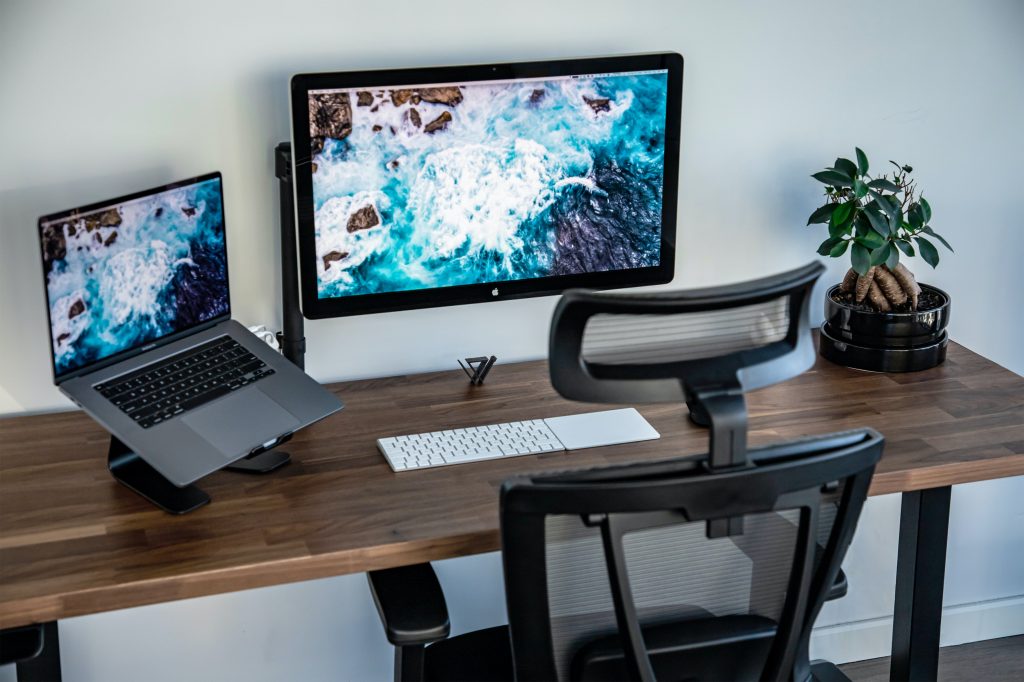Whilst organisations may be weary of confronting the WFH safety situation, it seems in large the majority of workers have sound systems in place, but are we neglecting to support the minority?
The COVID-19 pandemic has shifted many people to work from home (WFH), some for the first time, and often at very short notice. The sudden nature of this transition has meant that workers have now been at home for long periods, performing work duties in a myriad of environments. Whilst some organisations may apply a cursory view to WFH set-ups for fear of exposing risk, the onus is on them to ensure it is a safe place of work.
But what do the majority of WFH set-ups look like?
Well InForm’s Working from Home Ergo Safety Program provides users with education on implementing practical solutions for setting up safely at home and offers tips on behavioural strategies to maintain overall health and wellbeing. The Program has collected thousands of responses since April 2020 providing a comprehensive insight into the ergonomic trends of people WFH.
As we see in the below charts, most workers have access to an office chair, study desk and external peripherals such as a monitor, keyboard and mouse enabling them to set-up effectively. Whilst using other means for creating a home set-up, such as a dining chair and kitchen table may not necessarily create an imminent, significant risk, it can reduce the capability to function efficiently especially without tailored education to minimise the risk.
The data indicates that 13% of workers have a significant ergonomic safety risk. Examples of a significant risk could be working off a laptop without any other equipment or sitting on a stool/dining chair that is at the wrong height.

Using an interactive self-assessment program
A Swinburne University survey [1] found that 31.5% of respondents reported not having any guidelines for WFH set-up, whilst only 36.5% reported significant or comprehensive support. For many organisations, controlling WFH ergonomic safety is completed using a checklist. In some cases, these checklists are an adapted version of an office set-up and fails to provide contextual screening and education to support WFH risk management. Take the Workstation Set-up Guide [2] from Safe Work Australia as an example. Whilst the general information is sound, the WFH checklist fails to provide education or strategies for workers who may not have access to equipment like an office chair or external peripherals. According to our statistics, this means at least one in seven workers will fail to get the right guidance and information on setting up effectively considering their circumstances. Compare that to 97% of workers who adjusted their set-up on the back of our interactive program.
Whilst organisations may fear providing a comprehensive solution in this space may open the doors to worker’s requesting a shopping list full of equipment aids, our statistics reveal the opposite is true. Only 5% of workers require further support after the program. In most of these cases, robust policies and procedures effectively manage these subsequent support requirements.

Environment factors when WFH
Most workers respond to having adequate controls in place to create a safe environment. Risks identified within this series of questions can present as significant, for instance, not removing a trip hazard would be considered a significant risk requiring further action to safely control. Interestingly a notable number of workers indicated not have firefighting controls (extinguisher or blanket) in place, though there is no mandatory requirement under the WHS Act to provide these to employees working from home unless they are working with hazardous chemicals.

Wellbeing Behaviours when WFH
We tend to get myopic when reviewing ergonomics and focus purely on the physical workstation. Ergonomics in fact is much broader and considers our behaviours we adopt to ensure we are safe and productive within our work environment. There is a plethora of research on the impacts of prolonged sitting on our health, along with the benefits of physical movement and relaxation strategies to regulate our physical and emotional wellbeing at work. Our stats suggest that a strong proportion of workers subscribe to many of these positive behaviours.

Summary
These statistics suggest that many workers understand and have embedded safe practices when working from home. Though as with any safety management strategy, it is important not to assume simply having the equipment ensures adequate control or that this risk is static. With the constantly changing restrictions brought on by the pandemic, additional challenges with working from home can include sharing spaces with other house members or returning equipment back to the office as restrictions ease.
Providing support and education that is specific to working from home gives the worker greater agency to navigate this dynamic situation. Companies should not fear the obligations of making working from home safe but see it as an opportunity to embed their culture through empowerment of their people.
References
1. Hopkins J, Bardoel A. Key working from home trends emerging from COVID-19. A report to the Fair Work Commission. November 2020. https://www.fwc.gov.au/documents/sites/clerks-work-from-home/research/am202098-research-reference-list-su-241120.pdf
2. Working from home – Workstation Setup Guide – COVID-19. May 2020. https://www.safeworkaustralia.gov.au/doc/working-home-workstation-setup-guide-covid-19
